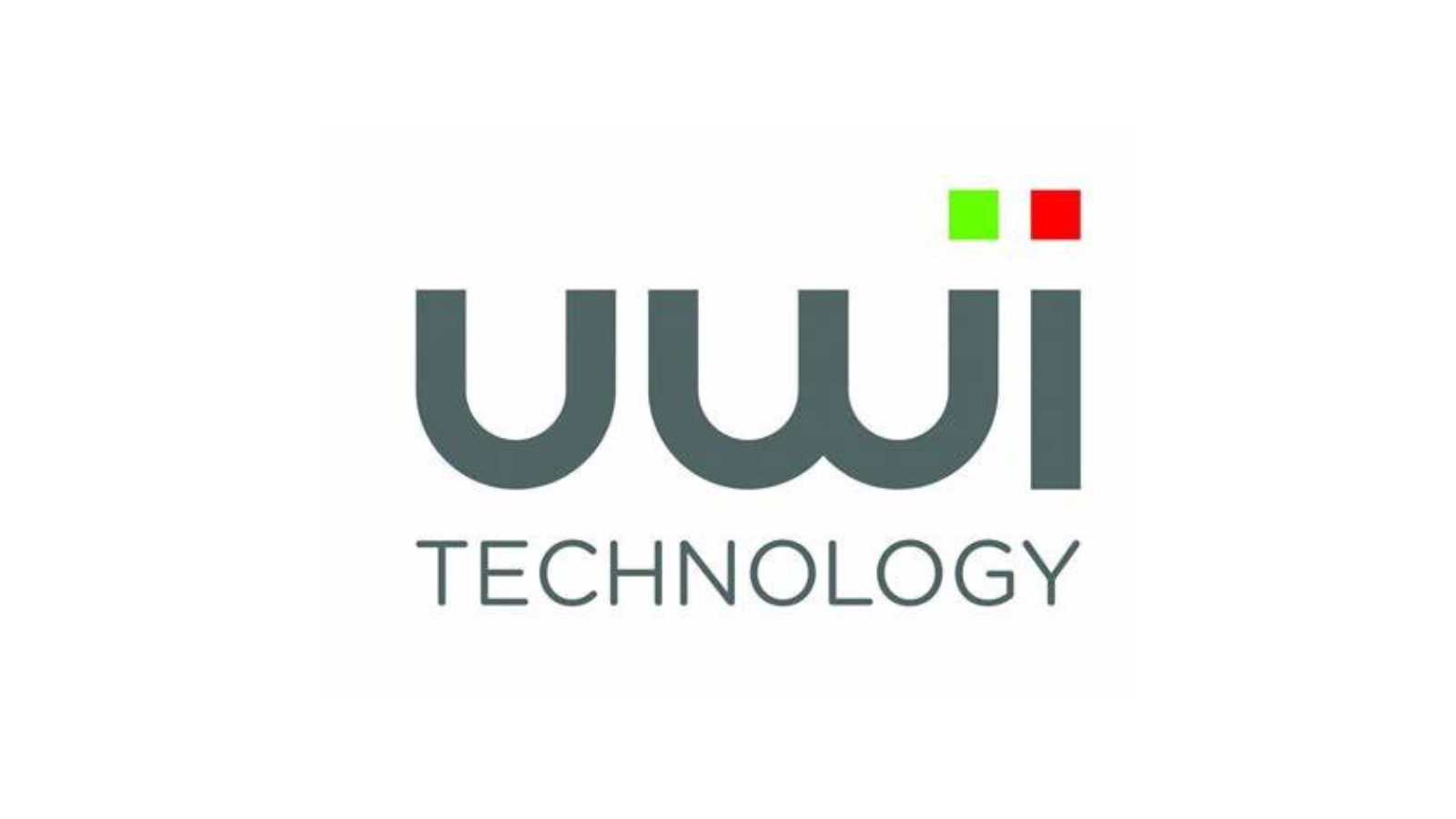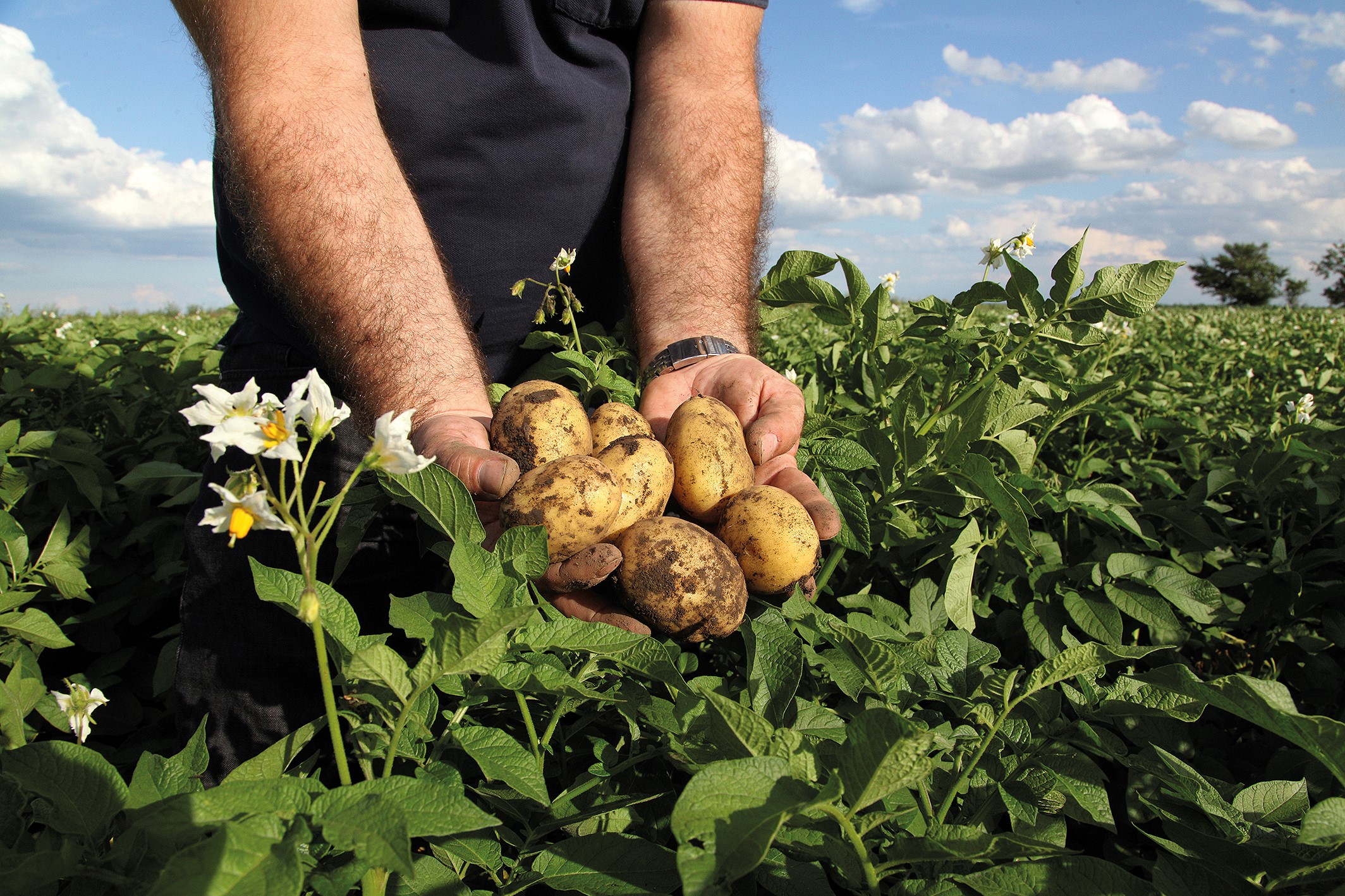Case Study
Lightbody

Partners
University of Strathclyde
Sectors
Food & Drink, Agritech and Aquaculture
Regions
Edinburgh & Lothians
Lightbody is the UK’s leading supplier of celebration cakes to UK multiples grocery shops and supermarkets.
Based in Hamilton Lightbody employ 1,200 people, the business has two cake bakeries plus a European Sales and Marketing operation based in Rennes, France.
For over a hundred years, the company had their own chain of shops, but as the influence of the big supermarkets increased on the high street, they focused on manufacturing high value baked products to supply the retail outlets.
The Business Challenge
Each year 8.3 million tonnes of food and drink is wasted in the UK, of which nearly 800,000 tonnes is bakery waste. Variations in basic ingredients, due to seasonal conditions, and in the production process, due to environmental conditions including temperature, humidity, etc, can result in inconsistencies in product quality and shelf life.
The company were looking for a more quantitative metric to determine the quality and longevity of their baked goods to specifically:
- Monitor the chemical composition of their cakes
- Measure and quantify moisture content migration in their sponges over time
- Estimate the point in their shelf life at which sponges become dry and stale
The Solution
Interface – The knowledge connection for business matched Lightbody to Strathclyde University who were able to suggest Hyperspectral Imaging (HSI) as a solution. HSI cameras produce large volumes of complex data which require specialist analysis to measure the specific properties of the baked products. The University of Strathclyde’s Hyperspectral Imaging Centre is the first of its kind in the UK and was able to provide the expertise required by the company.
According to Ian Chree, Site Director, “We have built up a strong working relationship with Strathclyde University due to their wide range of expertise, enthusiasm and speed of response.”
In a previous feasibility project, Lightbody provided two different sponge cakes to Strathclyde for HSI. Initial results were positive, indicating that HSI technology could be used to quantify moisture content as well as other properties of the cakes. Due to the results, the company wanted to take this study to the next level.
With the support of Interface Food & Drink and funded through a Scottish Funding Council Innovation Voucher, the project used HSI to analyse two varieties of Lightbody sponges over a period of 40 days to assess the quality and longevity of these cakes. At the conclusion of the test, the HSI data was processed and the results were found to accurately match the results found by a taste panel.
Partnership Benefits
Use of Hyperspectral Imaging will reduce supermarket in-store wastage by quantifying the eating quality performance of sponge over its shelf life and increasing the overall life of the product. This complies directly with Lightbody’s strategy to minimise costs and expenditure through waste. Reduced supermarket waste will improve the cost efficiency of the manufacturing process through fewer production runs and lead to increased profits.
Lightbody plan to use this unique technology directly on the production line helping to produce greater consistency in its products, reduce waste and increase profits. The project has also allowed Lightbody to develop products with an even greater shelf life which is helping to attract overseas markets and increase the companies export potential.
“It has been a rewarding experience seeing our research applied in a real application. This work allows Lightbody to refine their processes in order to increase shelf life and improve consistency. A longer shelf life lets the company export into markets which are further afield.” Professor Stephen Marshall, Dept of Electronic and Electrical engineering, University of Strathclyde.
Please note that Interface administers the Innovation Voucher Scheme on behalf of the Scottish Funding Council. All funding applications are reviewed on a case by case basis by the Scottish Funding Council, guidelines can be found here.


